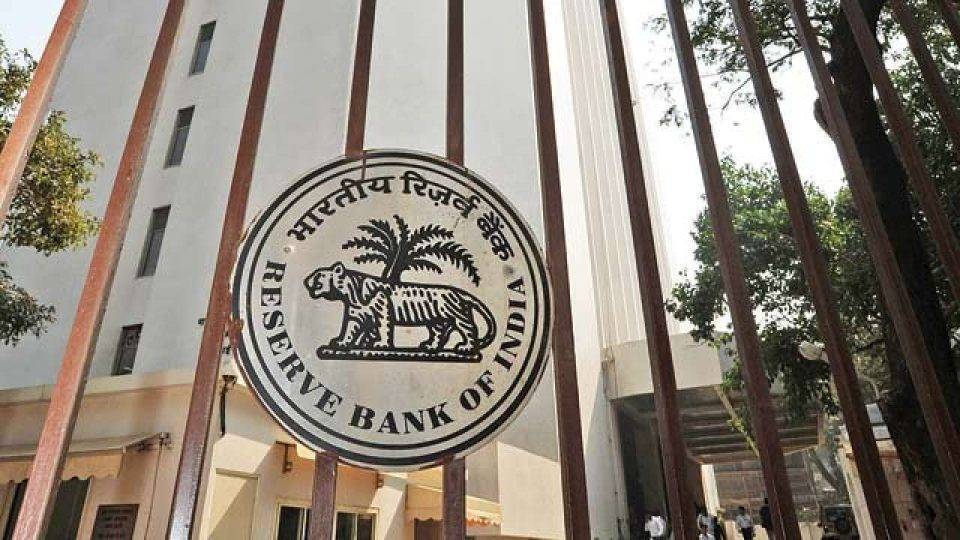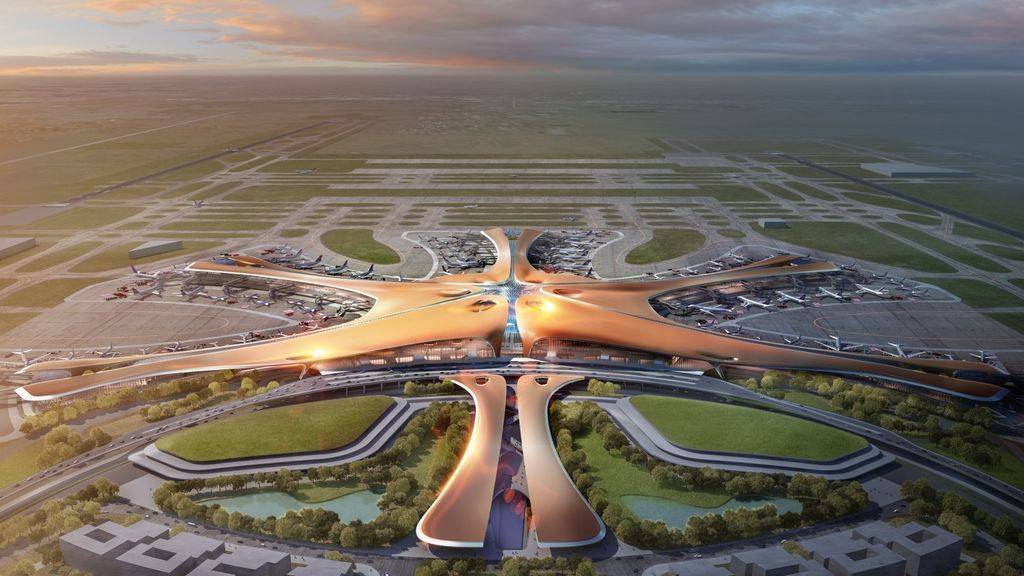Indian luxury real estate markets continue to defy global headwinds, with Bengaluru, Mumbai, and Delhi making it to the top 15 cities worldwide in Knight Frank’s Prime Global Cities Index (PGCI) for Q2 2025. According to the report, Bengaluru secured the 4th spot globally with a 10.2% year-on-year increase in prime residential property prices, emerging as one of the strongest performers in the world. Mumbai followed at 6th with 8.7% growth, while Delhi stood at 15th with a 3.9% rise in luxury housing values.
Global Rankings and Indian Outperformance
Globally, Seoul led the index with a sharp 25.2% annual rise, followed by Tokyo at 16.3% and Dubai at 15.8%. Bengaluru’s placement in the top five reflects the rising wealth generated by the technology sector and the increasing demand for high-end residential projects catering to entrepreneurs and professionals.
Mumbai’s performance has been attributed to ongoing infrastructure upgrades, including metro expansions, coastal road projects, and airport connectivity, which have supported the appreciation of prime housing prices. Delhi, while comparatively modest in growth, remains a strong contender due to steady luxury demand and selective new launches in central and south Delhi micro-markets.
India’s Role in a Slowing Global Market
Knight Frank’s analysis noted that while global prime residential markets cooled, with average growth slowing to 2.3% annually compared with 3.5% in Q1 2025, Indian cities remained resilient. The report highlights that a combination of limited supply in prime locations, strong domestic demand, and wealth creation in metropolitan centres has cushioned India against the global slowdown.
Shishir Baijal, Chairman and Managing Director of Knight Frank India, observed that Bengaluru’s technology-driven wealth, Mumbai’s infrastructural progress, and Delhi’s steady high-net-worth individual demand have ensured India’s continued presence in the global spotlight. He further stated that sustained economic stability and redevelopment initiatives are expected to maintain momentum in the coming quarters.
On the global outlook, Liam Bailey, Global Head of Research at Knight Frank, explained that the recent cooling is linked to changing expectations around borrowing costs. While earlier quarters saw optimism around lower interest rates supporting housing demand, the delayed timeline for monetary easing has introduced caution. He added that the market is increasingly fragmented, with some European cities showing unexpected resilience while certain Asian hubs that surged earlier are now stabilizing.
Drivers of Growth in India’s Prime Housing
The report outlines several factors that have kept Indian luxury markets on a growth path:
- Technology sector wealth in Bengaluru driving demand for premium apartments, villas, and gated community projects.
- Large-scale infrastructure improvements in Mumbai, making traditionally congested areas more accessible and supporting new high-end developments.
- Stable luxury demand in Delhi, especially among business families and non-resident Indian buyers seeking properties in prime central zones.
Limited new supply in the ultra-luxury category, creating competitive demand for existing high-value projects.
Despite global uncertainties, India’s position in the Knight Frank rankings indicates that its prime housing markets are entering a new phase of international recognition. Developers in Bengaluru, Mumbai, and Delhi are expected to continue launching projects that meet global standards of design, amenities, and sustainability, further strengthening the appeal to both domestic and overseas buyers.
While global luxury markets adjust to shifting monetary conditions, India’s resilience is underpinned by structural urban growth, infrastructure spending, and expanding high-net-worth populations. This places Bengaluru, Mumbai, and Delhi firmly on the international map of luxury real estate hotspots.









.png)